According to sources from The Elec , LG Display - the leading OLED screen supplier for iPhone - is making changes in the supply chain for iPhone 16. Specifically, they added Taiwanese company Novatek to the list of DDI (Display Driver Integration) chip suppliers.
The move is said to be aimed at reducing production costs, especially as both LG Display and Samsung Display (Apple's second-largest OLED supplier) are having trouble producing panels for the new iPhone 16 due to the thinner bezel design.
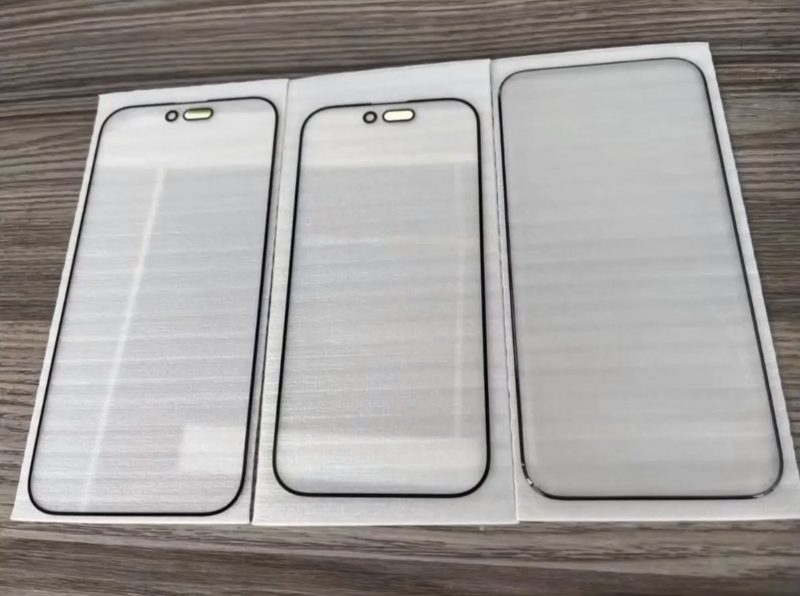
iPhone 16's thin bezel design forces LG Display to find new suppliers
WCCFTECH SCREENSHOT
The addition of Novatek, in addition to its current supplier LX Semicon, shows that LG Display is looking to diversify its supply of DDI chips. DDI chips play a key role in converting digital image data from graphics processors to signals displayed on screens.
By partnering with a new supplier, LG Display can negotiate better prices and reduce the risk of relying on a single source of supply, which could lead to production delays if the current supplier encounters problems.
According to information, both LG Display and Samsung Display are having difficulty achieving the desired production rate for the iPhone 16's OLED panels. The reason is said to be due to Apple's new design with a significantly thinner bottom bezel than previous generations.
LG Display’s decision to diversify its supply chain is seen as a strategic move to address these challenges and could provide cost advantages. However, it remains to be seen how the partnership with Novatek will impact production efficiency and panel quality.
However, both LG Display and Samsung Display will need to adjust their production processes to meet Apple's target production rate for the iPhone 16. According to previous reports, Apple may use a new BRS (Border Reduction Structure) technology to achieve ultra-thin bezels for the iPhone 16. Both Samsung Display and LG Display are expected to adopt this technology. Normally, Apple only equips new technologies for the Pro line, but BRS could be used for all four iPhone 16 models.
However, some other rumors suggest that the iPhone 16 and iPhone 16 Plus may not have any changes in the screen, with only the iPhone 16 Pro and iPhone 16 Pro Max having larger screens with thinner bezels.
In terms of design, the iPhone 16 and iPhone 16 Plus are expected to have a vertically arranged rear camera cluster instead of diagonally like previous generations. This change is intended to support spatial video recording for the Apple Vision Pro headset.
Source link




![[Photo] Prime Minister Pham Minh Chinh chairs meeting of Steering Committee for key projects and railway projects](https://vstatic.vietnam.vn/vietnam/resource/IMAGE/2025/4/26/b9534596258a40a29ebd8edcdbd666ab)
![[Photo] Readers' joy when receiving the supplement commemorating the 50th anniversary of the liberation of the South and national reunification of Nhan Dan Newspaper](https://vstatic.vietnam.vn/vietnam/resource/IMAGE/2025/4/26/283e56713da94988bf608393c0165723)
![[Photo] Ho Chi Minh City people's affection for the parade](https://vstatic.vietnam.vn/vietnam/resource/IMAGE/2025/4/26/7fcb6bcae98e46fba1ca063dc570e7e5)













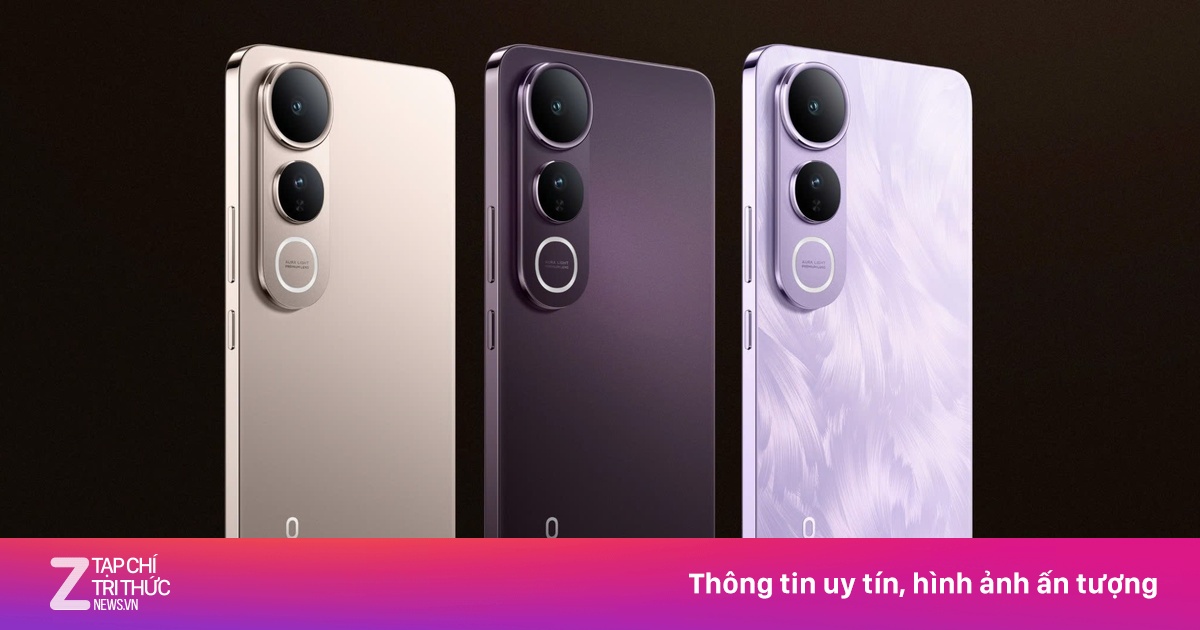
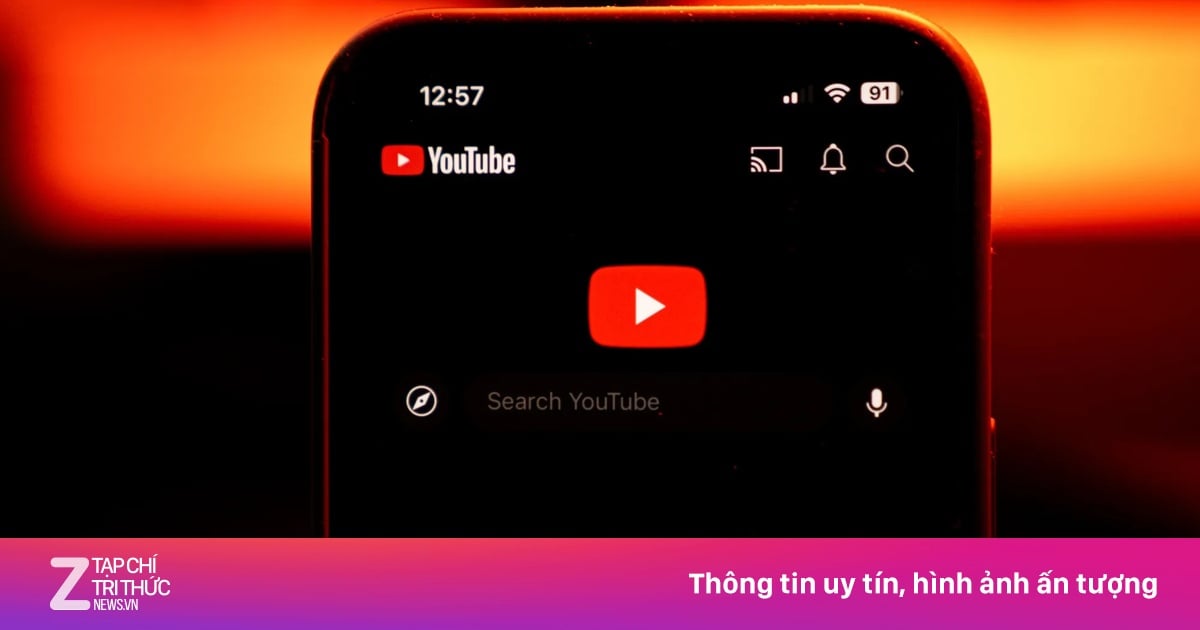
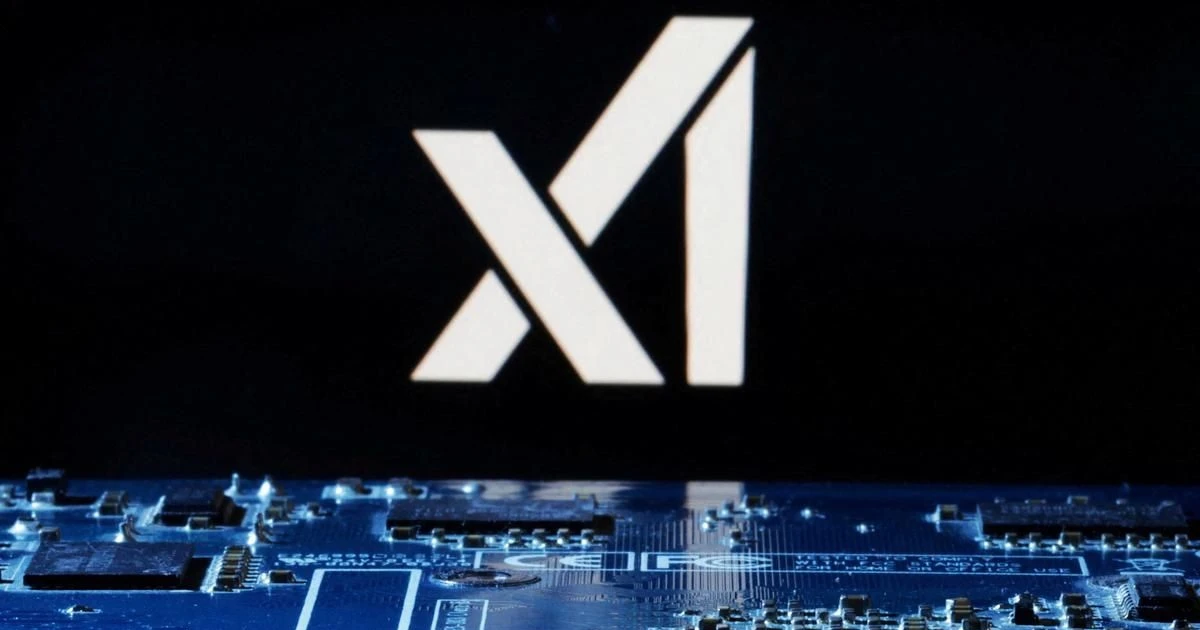
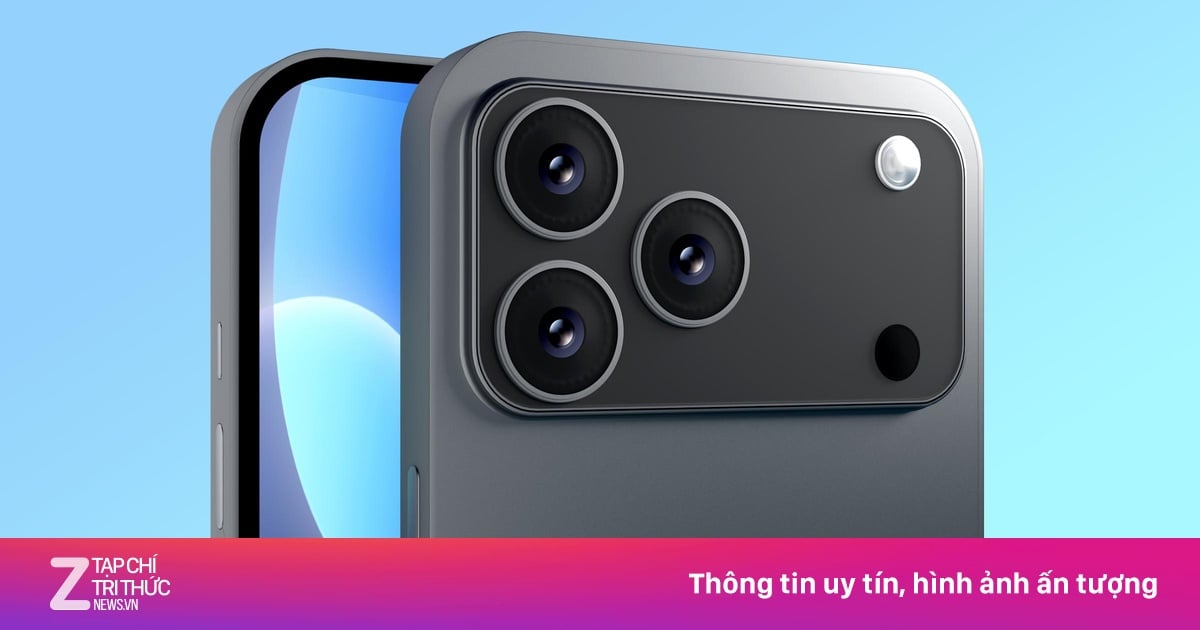





















































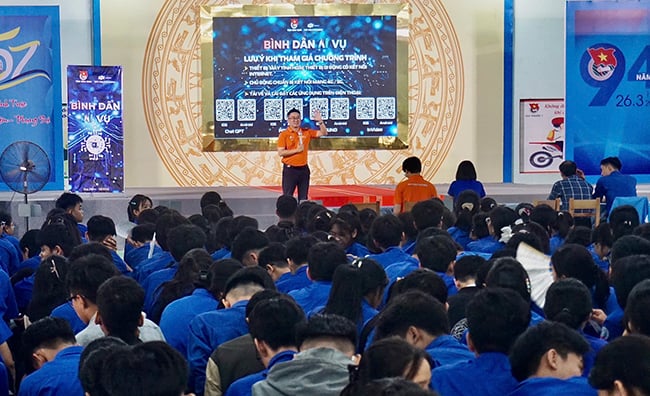



















Comment (0)